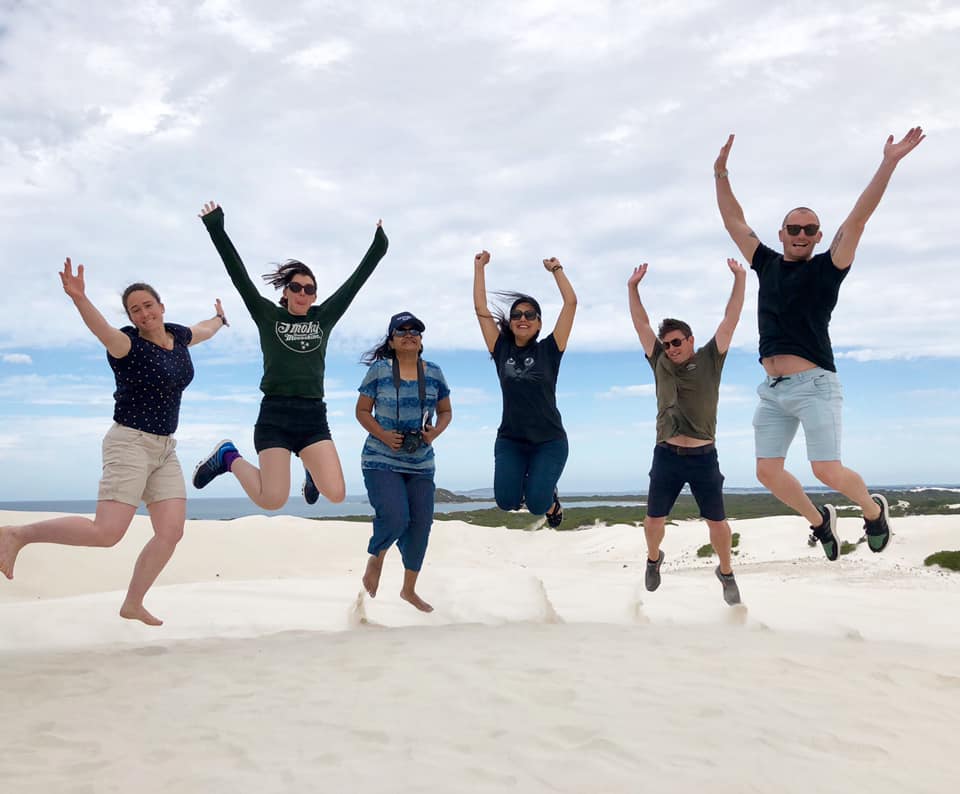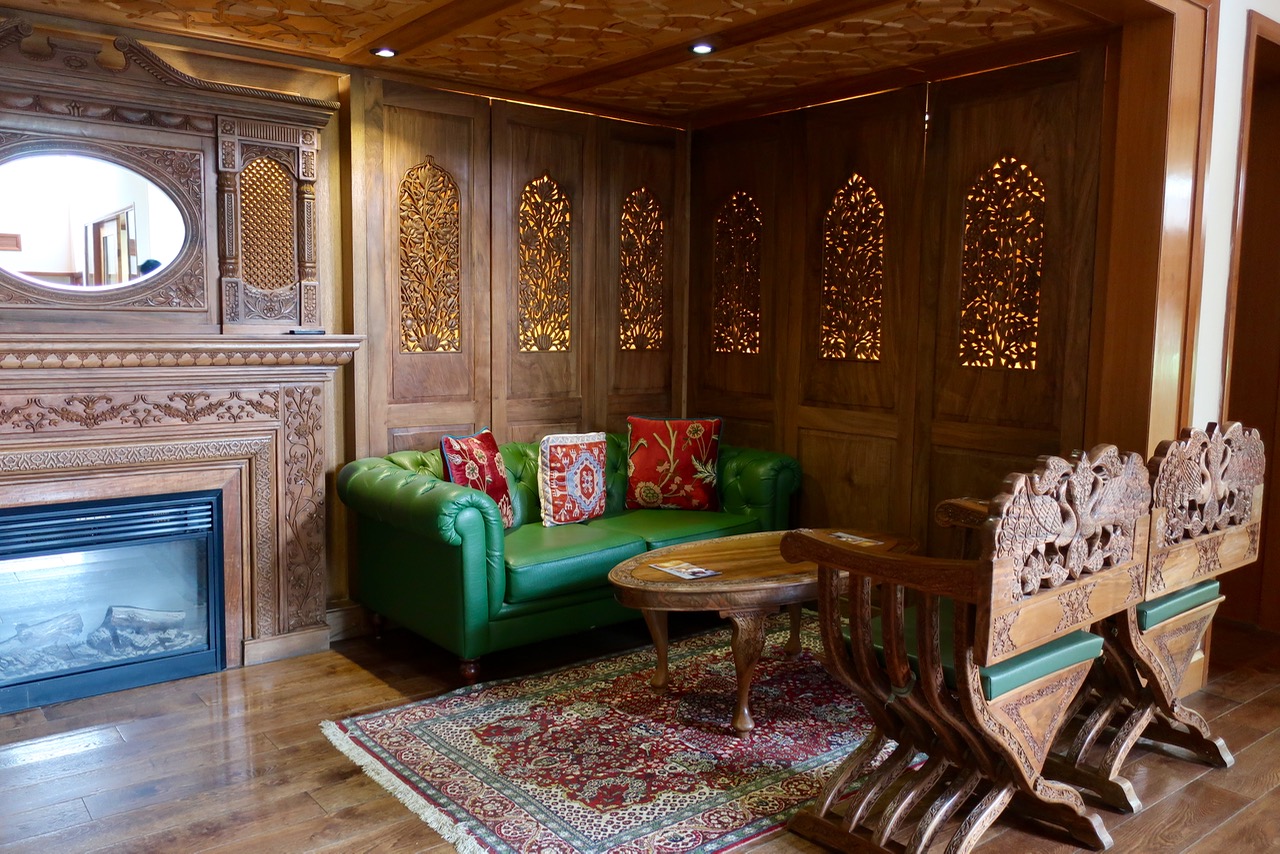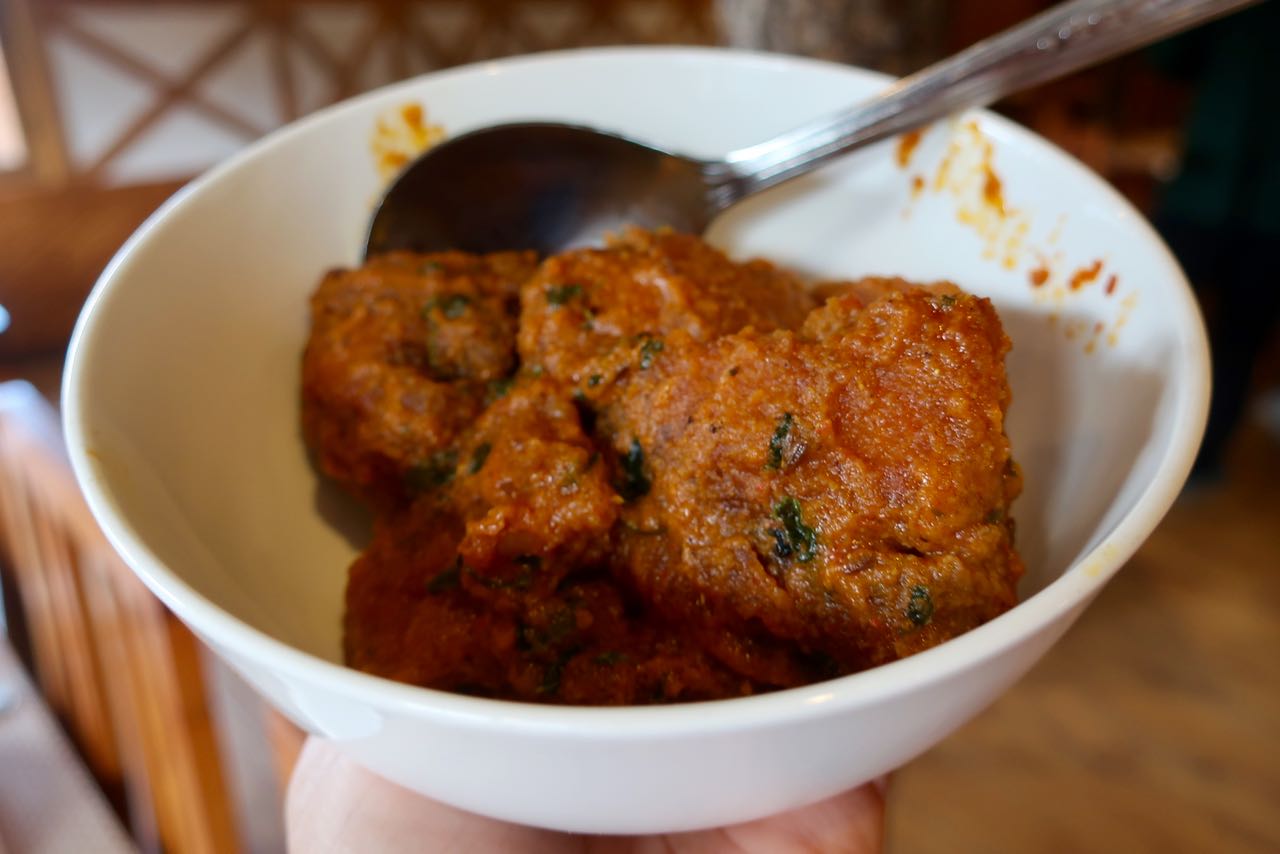
Travel is the best teacher there is. This saying is used in many different contexts. When we travel, we step back in history, discover a new culture, try different foods, but most of all, encounter all kinds of people. Through my travels, I have realized that there is goodness in everyone, no matter how different […]

The northernmost state of India is often in the news for political turmoil and instability. But it is also one of the most resourceful and artistic parts of the world. Growing up in the city of Chandigarh, my family would often buy products from Kashmiri vendors going door to door, carrying wool carpets, pashmina shawls […]

If you love grilled meats, fresh breads, fragrant rice dishes and curries rich with spices – you will love Kashmiri food. Kashmir is the northernmost state in India, bordering with Pakistan to its west and China to the east. The food is influenced by Persia, Middle East and the Indian subcontinent. However, it is unique […]